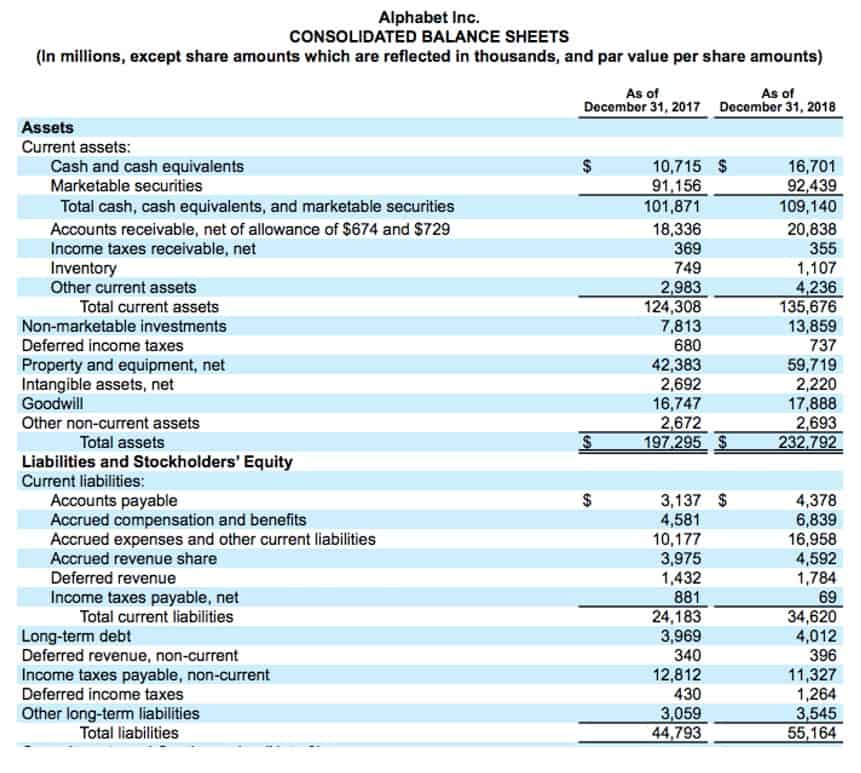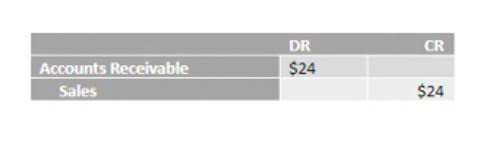Bookstime
Construction Cash Flow Projection: A Deep Dive into Financial Forecasting

The real danger of this financial dependence becomes all too clear when unexpected delays in payment occur, which can have catastrophic construction cash flow effects on a business’s cash flow and overall viability. In this article, we’ll examine the ins and outs of measuring and managing cash flow in construction, including tips on how to maintain positive cash flow on projects. Cash flow means the inflow and outflow of funds at every step of the construction process, from installing the equipment to paying the staff involved in the process. It is important for the construction site managers and owners to keep cash flow as the top priority to drive the success of the construction project. With the right cash flow management, you can lead the construction game and rule the competitive market.
0-Project construction cash flow
An effective invoicing system enables quick identification of discrepancies between the amounts billed to the owner and the costs incurred on the project. The cost of capital, whether it’s in the form of interest on loans or reduced profit margins from early payment discounts, should be carefully weighed. By doing so, they can avoid the expensive trap of relying too heavily on costly financing options or concessions to generate quick cash, preserving their financial health and ensuring sustainable growth. Relying heavily on a single large contract poses a significant financial risk, especially for subcontractors due to the “pay when paid” clause that is common in many contracts.

Top 5 benefits of having consistent cash flow in construction
Slow, late, and partial payments can cause serious cash flow issues for construction businesses. It’s no wonder that, according to the 2021 Construction Cash Flow and Payments Report, 71% of construction businesses say they’ve had to file a mechanics lien to get paid. While robust cashflow management strategies are crucial, normal balance sometimes external financing may be needed to ensure project continuity. Construction businesses might have to turn to loans, overdrafts, or invoice financing to manage cash flow.
1 Construction project costs

Slightly less damning construction cash flows result in an inability to pay employees or suppliers which can create it’s own serious set of problems. For companies running construction projects, understanding cash flow is is critical to ensuring the right level of funding is in place to deliver the whole project or phase of work. Navigating the intricacies of construction projects requires meticulous planning, resource allocation and monitoring to ensure success. In this fast-paced and dynamic industry where time and resources are often at a…
Cash Flow Management Strategies

Maintaining a healthy cash flow requires ensuring invoices are approved upstream (by clients) before approving downstream invoices (for example, to subcontractors and suppliers). Incorporating a “pay-when-paid” clause — which is common in Guaranteed Maximum Price (GMP) contracts — is an effective strategy. By regularly updating and reviewing these projections, companies can anticipate potential shortfalls or surpluses and adjust their strategies accordingly. This proactive approach to cash management helps ensure financial stability and supports strategic decision-making for future project planning and investment. Cash flow management takes on heightened significance in the construction industry due to the long-term nature of projects with significant upfront costs and staggered income.
- Our platform is trusted by prominent players in the construction industry such as Tiong Seng Group, Kimly Construction, and Sim Lian, creating a thriving ecosystem for growth.
- They are vital for understanding the company’s liquidity and financial performance over time.
- They can alert project managers about potential negative cashflow, enabling preemptive measures to mitigate the impact.
- This will serve as a basis for future collaborations and ensure the smooth execution of the project.
- As the industry continues to deal with worker shortages, it’s estimated more than 342,000 new workers will need to be hired to keep up with demand.
- Auditing ensures that financial records are accurately maintained and that the company’s financial health is assessed impartially.

In that time, they can keep projects moving, and they’re not waiting on capital to keep pushing forward. This keeps your cash flow moving when a project requires more time, money or resources than originally thought. Process these right in our system as change happens – rather than waiting until a project is complete. As the industry continues to deal with worker shortages, it’s estimated more than 342,000 new workers will need to be hired to keep up with demand. If you’re known as the Bookkeeping for Chiropractors company that always pays on time, it may increase your chances at securing these relationships when the rest of the competition is trying to hire these workers. Not to mention the impact that a late or non-delivery of goods and materials can have on a project in terms of time and costs.

Establish a thorough and specific system for cash flow forecasting.
This is where a significant portion of the budget is spent, involving heavy outflows for direct costs including labor, materials, equipment, and other construction-related expenses. During this phase, the project may also start generating inflows, especially if progress payments are part of the contract terms. In construction accounting, managing cash flow ensures the availability of funds, which is essential for procuring materials and labor without interruptions to the schedule. Shortages in materials and equipment can result in project delays, increased costs and cash flow issues. If a delivery is on hold, then the next steps in your construction schedule can get pushed back. This also affects your ability to invoice clients for work completed until those materials can be in hand.


